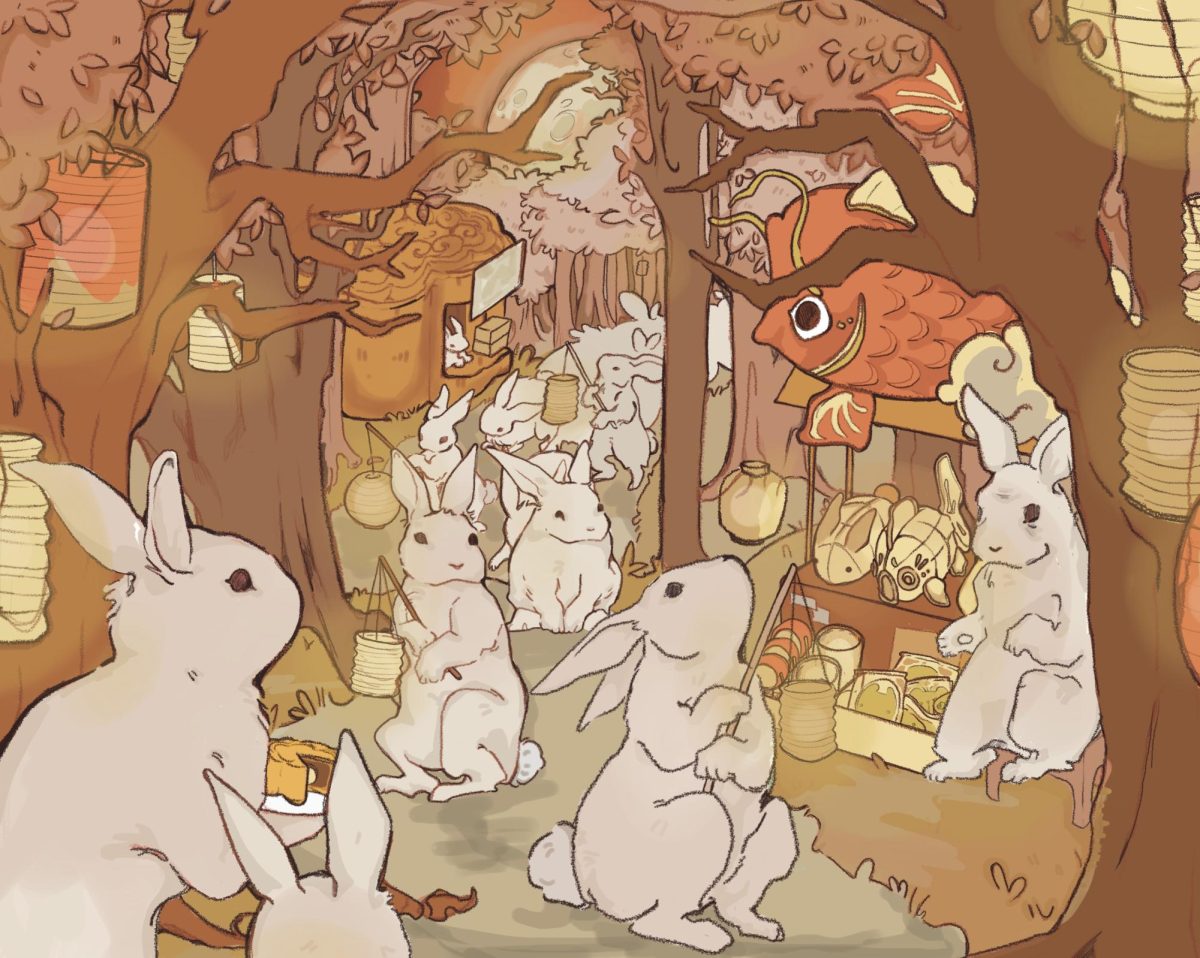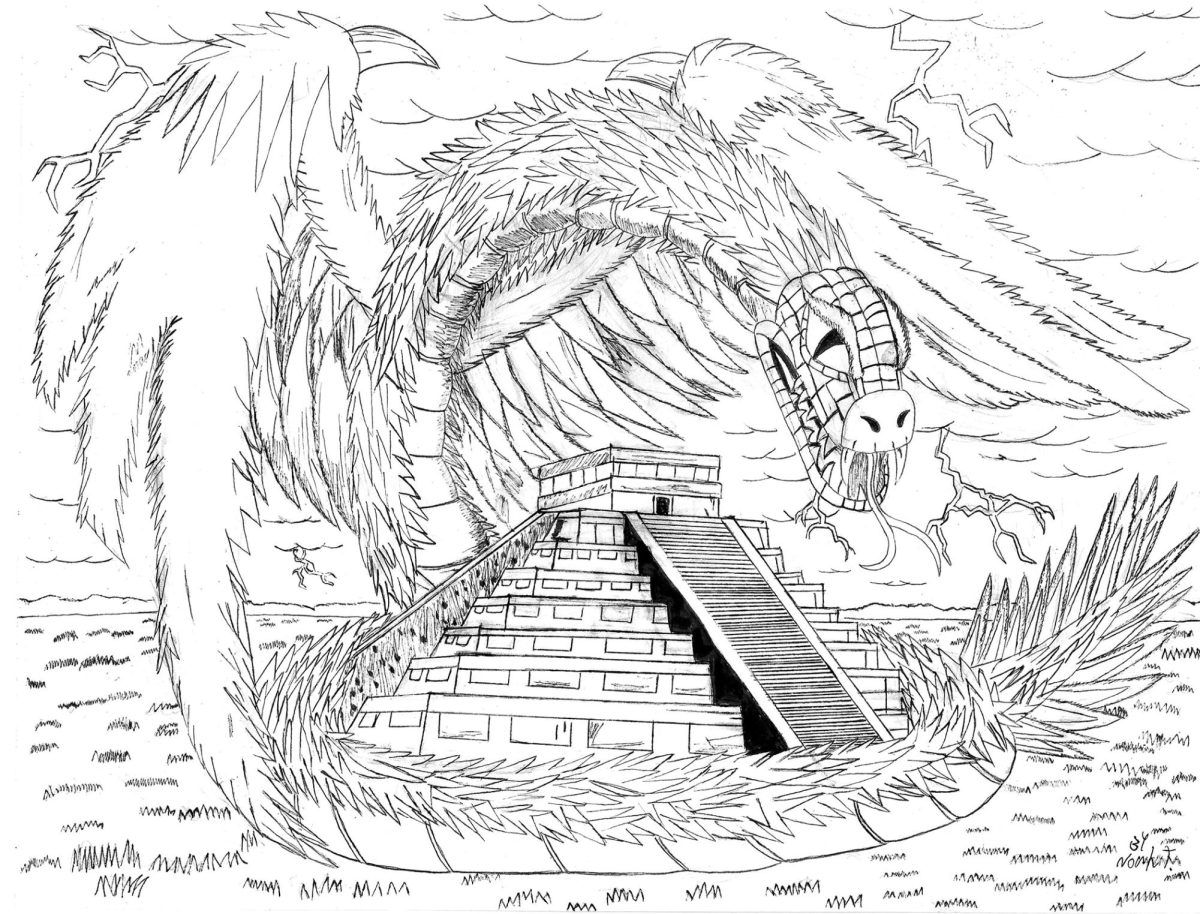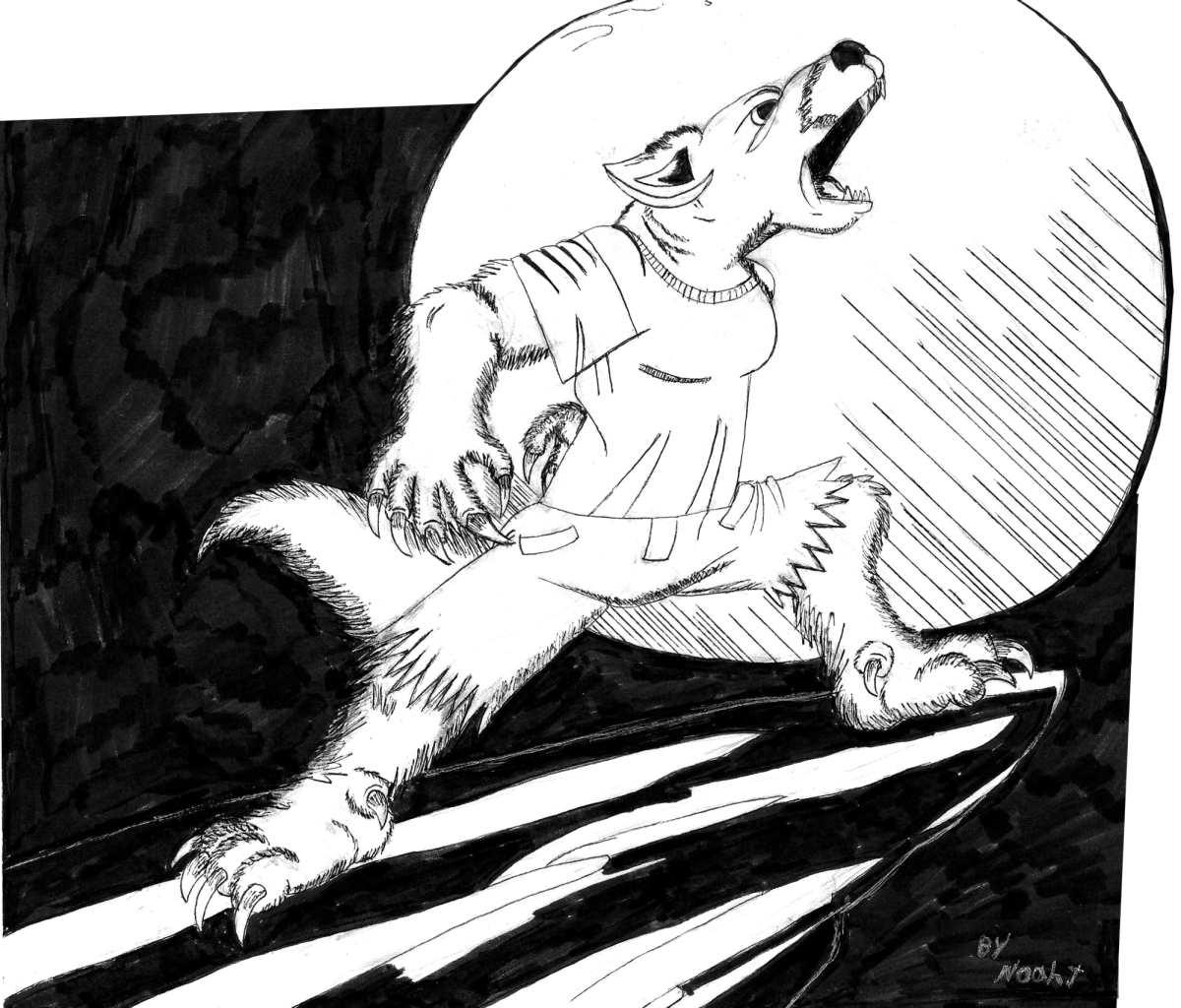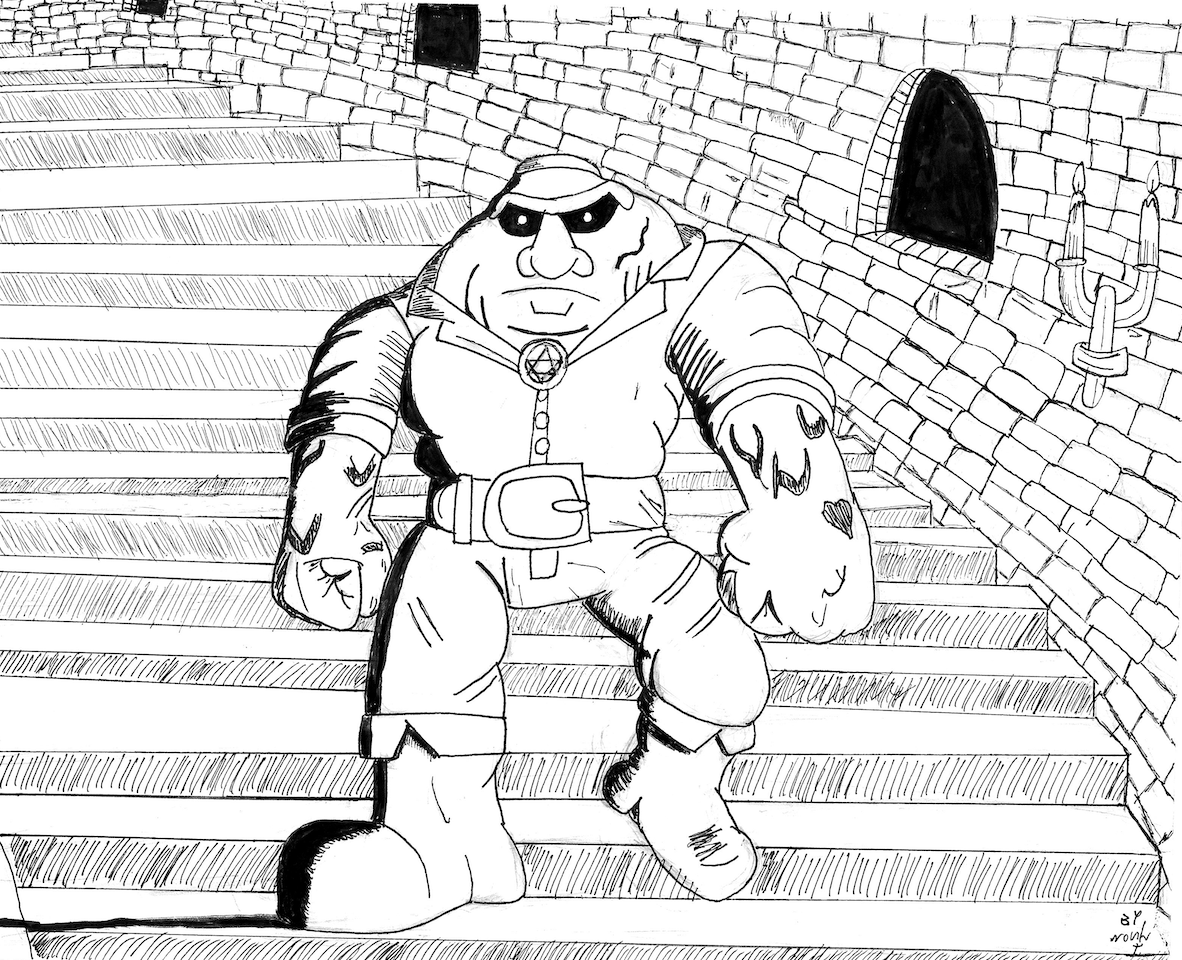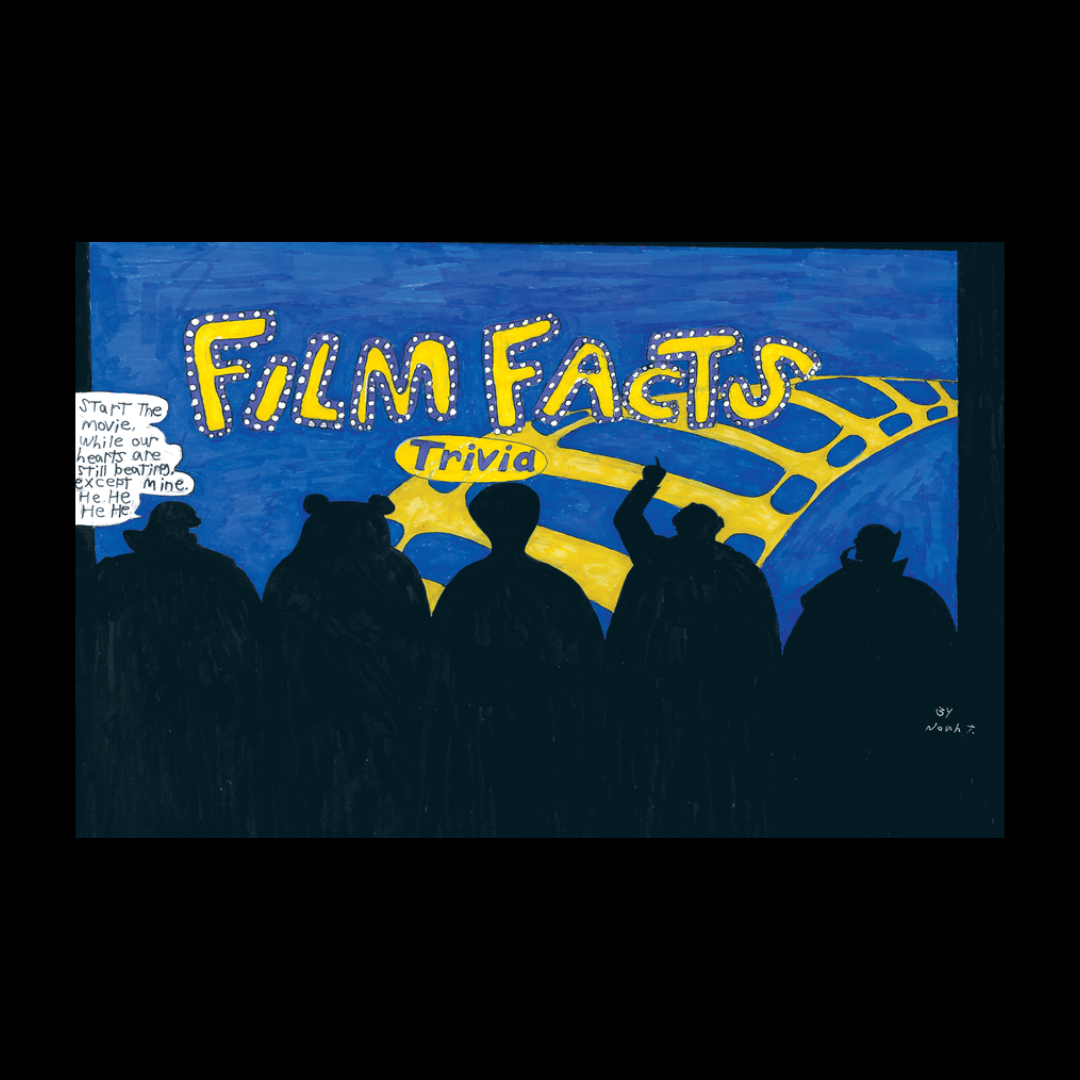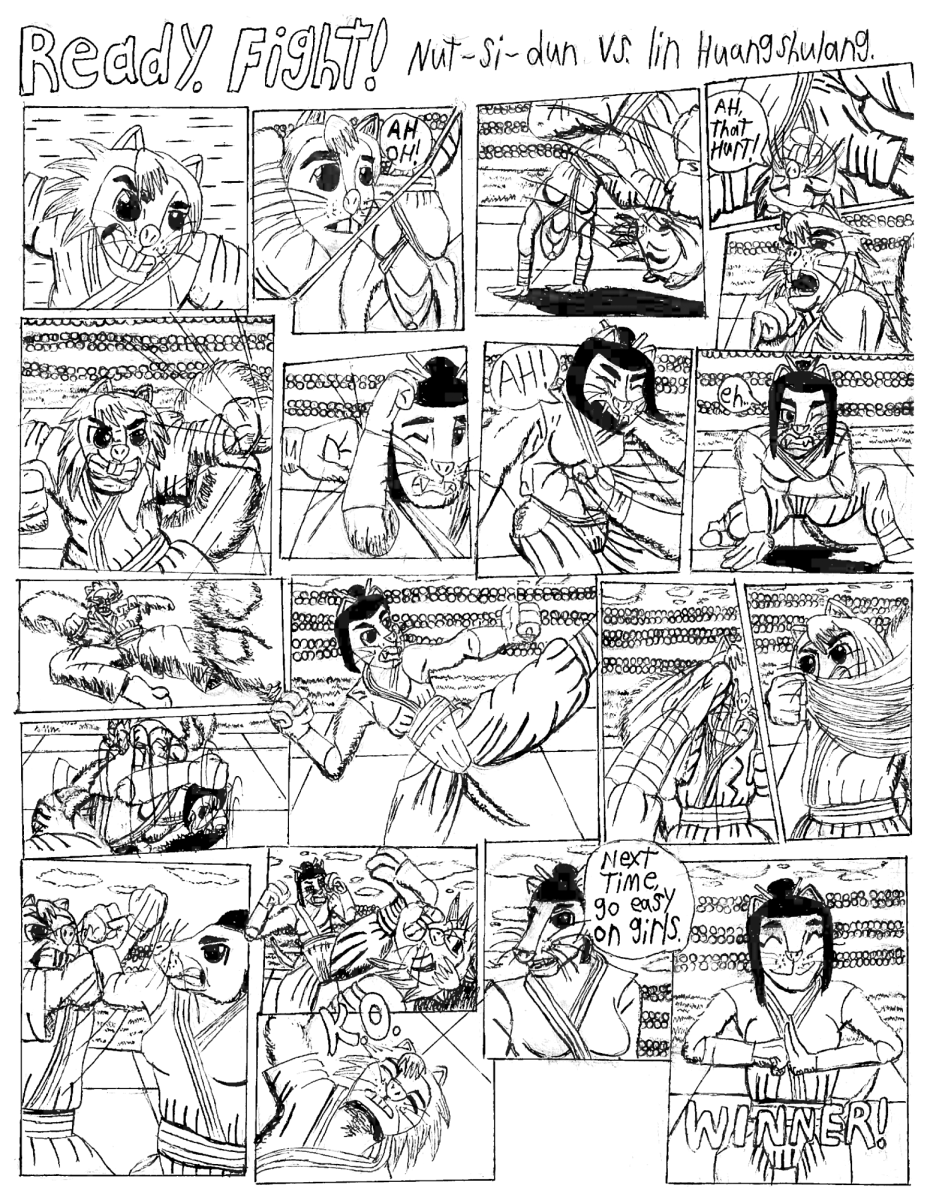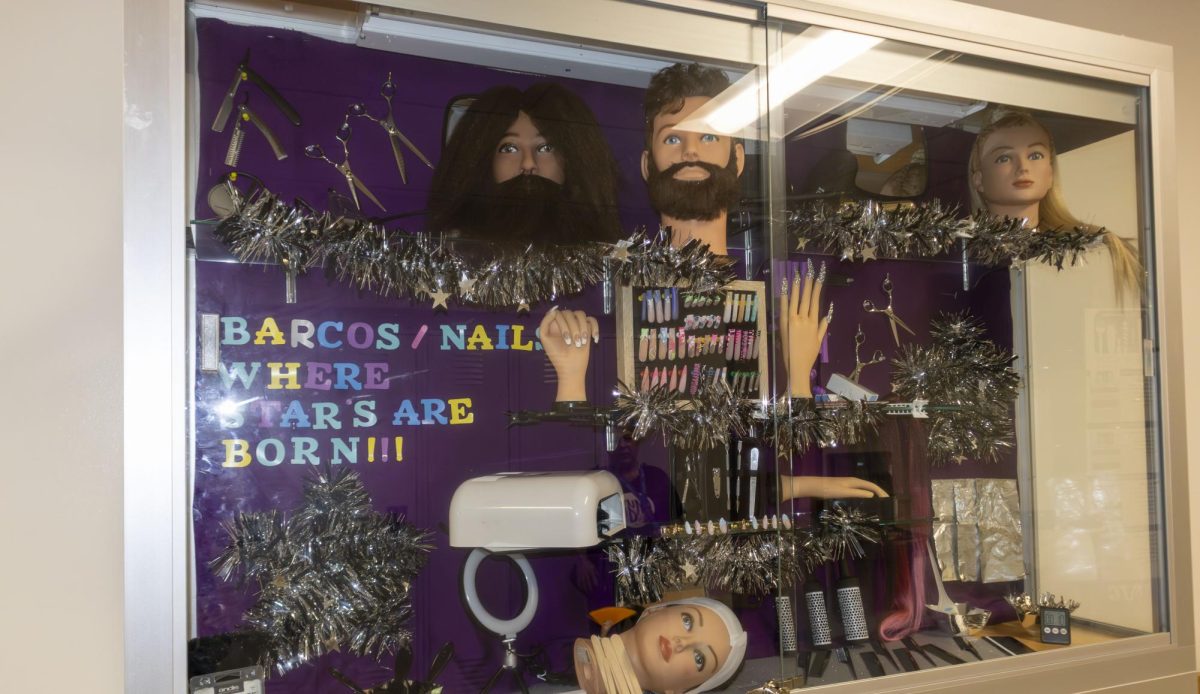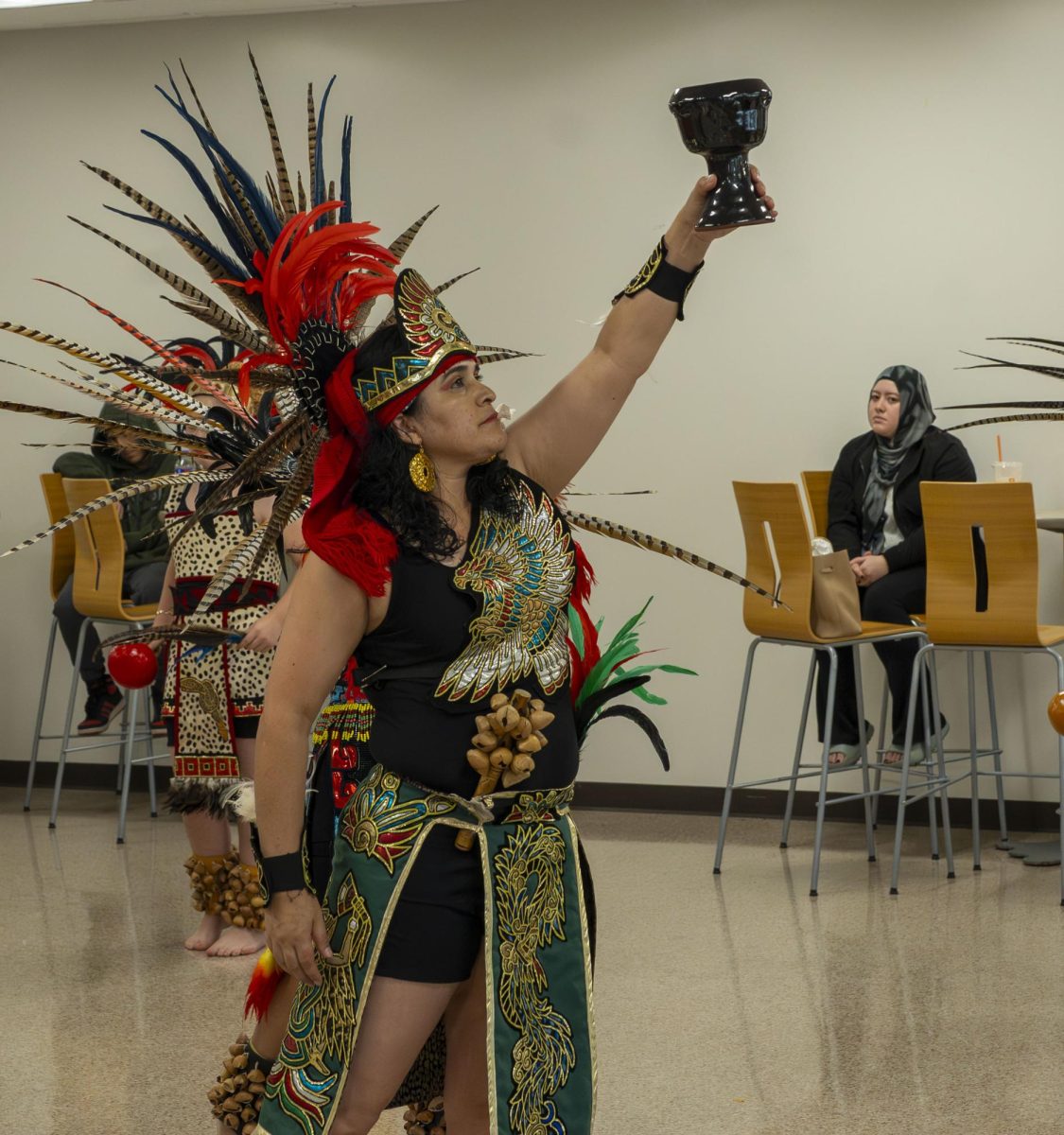Part snake, part bird, in Mexican mythology of the Pre-Columbian era, Quetzalcoatl (Q) is the god of earth, the wind, wisdom, knowledge and arts n’ crafts (depending on the period of time). He was also the original founder of the harvest. Like other cultural beliefs, the serpent itself is seen as a symbol of earth. Q was worshiped all around central Mexico and northern central America.
Q is actually human and the feathered serpent is his avatar, his spirit animal. According to the legend, Quetzalcoatl was born as Ce Acotl, a demigod to a human mother and Mixcoatl the cloud serpent god. After the tragic death of his mother while giving birth, his mother’s friends tried to drown him as a baby in a fit of mercy, just to prevent a difficult life in a fate worse than death. But instead, like Moses, he floated in the river and was found. He was taken to his grandparents, Moses was taken by Pharaoh’s daughter.
Q became a priest king who assured the golden age of the empire Toltec from 900 to 1168 C.E. He was seen as an important god; he was believed to have been the founder of corn that Mesoamerican people are extremely thankful for when food was becoming scarce. He was also associated with science, books, calendars, identifying the planet Venus, and all forms of learning.
In the Lost Tapes (a fictional TV series) episode, “Q the Serpent God”, it was theorized that after a sacrifice was performed, Q was outraged. Unlike the other Aztec gods, he hated human sacrifices because he saw it as a crime against nature, so he killed cult members in a fit of anger. Q was also seen as a hero, a protector of his own people, a source of pride and inspiration for the people of Mesoamerica and present day Mexico. In addition, he was linked to Jesus Christ.



